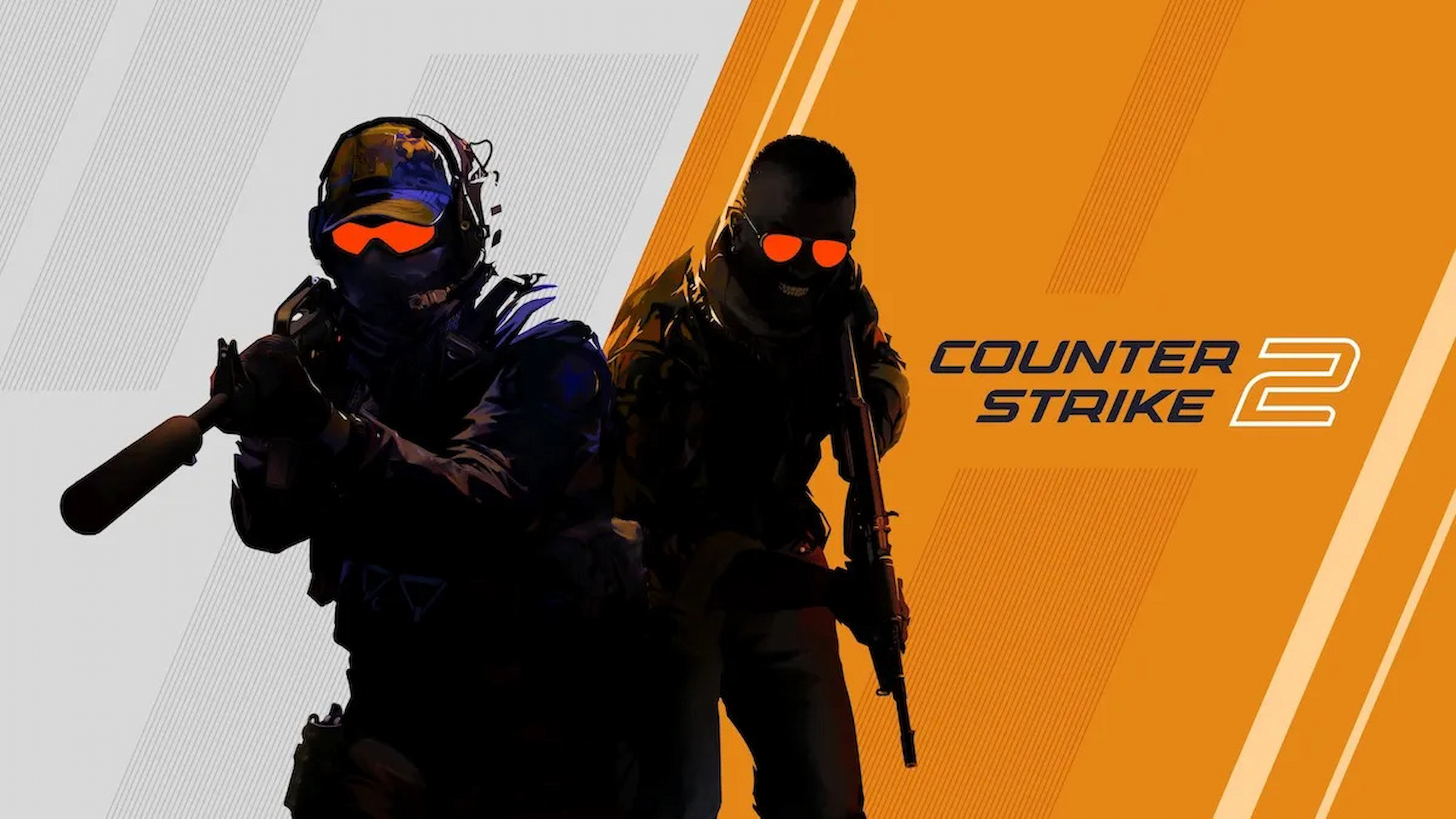Thijs, Surrender, and others add to the list of Hearthstone Grandmasters announcing retirement. What is happening to Hearthstone Esports?
During the last weeks preceding the end of season 2, many Hearthstone Grandmasters announced their retirement. Beloved figures of high caliber and with a long competitive history stepped down from GM. Thijs, Surrender, Bitzchung, TISZ, Muzzy, and Eddie are part of Hearthstone’s competitive history. Why did they all retire?
Like most things in life, there are many reasons, and despite all of them taking the decision individually. This mass Hearthstone Grandmasters retirement has some common ground. The common denominator found in Thijs, Surrender, among others, is that they had lost their passion for the game. Again, this has multiple causes. Let’s dive into a full Hearthstone Grandmasters analysis to break down the reasons for these retirements.
Burnout
Being in any competitive environment for almost 8 years with the same motivation and mentality is something that only a few can achieve. On that side, that is something understandable of the cycle of every competitor in every discipline. In that sense, the Hearthstone Grandmasters system might have not being of great help to prevent the retirement of seasoned players.
Before 2019, with the HCT system, players had the chance of taking breaks without serious consequences. Their ranking could decrease, but making it to the top 4 of any of the three Regional Championships was enough to make it to the World Championship. With the Hearthstone Grandmasters format, relegation is somewhat a retirement sentence, so taking breaks to avoid burnout is not an option.
“In the last seasons, Grandmasters started to feel more like an obligation to me than that I was really enjoying it.”
The Tier 2 problem
There are cases of Grandmasters that kept competing after relegation, but the Tier 2 layer of the system happens to be too grindy for many players and not worth the effort. This has seen some change during 2021 with modifications of Open Qualifiers and Promotion criteria. However, compared to the Tier 1 part of the system, the jump is huge. Moreover, the open part of the system doesn’t have much exposition for players to use it as a way of promoting their names and content creation side.

The lack of an attractive competitive and rewarding tier 2 scene also led to fewer new-bloods surging. Of course, there are exceptions like Blyzes, Frenetic, or Gaby, but as a general rule, players felt fewer incentives to compete after the implementation of this system. And here is where we run into one of the side-effects of competitive players leaving the ecosystem, the lost friends and support.
“My best friends and teammates, they quit hearthstone when GM first came out. I felt alone playing in GMs. (...) Without them, I felt just alone when I'm playing hearthstone, that's why I started playing hearthstone less and less.”
This, Surrender, and Eddie, among others, highlighted the importance of the friendships they forged during their competitive career. Hearthstone might be an individual card game, but despite this, social interactions play a massive role in preventing burnout and keep morale and motivation high.
Hearthstone Esports Viewership
The Grandmasters system, similar to the Magic PL, counted on high-profile players to be the center of attraction. This way, with a semi-closed system, the product should be appealing to the Hearthstone fanbase. That was true at first.
In 2020, Blizzard agreed to move Hearthstone Grandmasters broadcasts from Twitch to Youtube. The Hearthstone esports scene was packed together with other Blizzard esports in a multimillionaire contract. This profitable agreement for Blizzard might have also been another reason for the decline of Hearthstone Grandmasters.
The viewership for Hearthstone Esports tanked during 2020, despite being the exact same product. Grandmastes’ new house still struggles to give players the exposure needed for teams to be interested in supporting the scene. This is another brick in the wall that also disincentivizes players to become Hearthstone pros.
Related articles
Prize Money in Hearthstone
While this factor varies a lot from region to region and has much to do with what players leave behind for competing, prizemoney has also played a part in Hearthstone Grandmasters Retirement decisions. As soon as the first Grandmasters Season ended in 2019, David “Dog” Caero, one of Hearthstone’s top content creators, decided to step down from the program.
Despite winning $100.000 in Masters Tour Las Vegas, Dog chose to resign to his Grandmasters spot in favor of his streaming career. We must say that streaming restrictions have diminished to the minimum after the YouTube agreement in 2020. However, many other streamers chose to follow this path later too. Silvername and Tyler put low effort into not being relegated during their last season, with their focus put on Battlegrounds content creation.
Now we see Thijs and Surrender taking a similar path to Dog. The stress created by constant GM pressure, combined with their cost of opportunity of investing that time into streaming, just didn’t add up.
The Pandemic: The final blow
As mentioned before, much of the glue that kept the scene working was the social interaction in competitive Hearthstone. With the 2020 pandemic, LAN events were suspended, and this was a huge blow for many Grandmasters like Thijs.
“The difficult situation we're in with no live events with people made me lose a big part of why I’m competing, you”
“Having friends that have the same goal and hobby was just the best feeling ever. Really wish when the pandemic ends at least some MT can be offline again so I can see my friends again”
On the other hand, move to a complete online competitive system, helped regions with less economic power to catch up. Latin America is a clear example of this. The surge of players like DimitriKazov, Rami94, and many others that are in the promotion to GM race was one of the upsides of this change. However, it seems not enough to feel the void after the retirement of actual Hearthstone legends from Grandmasters.
Is there any hope for the Hearthstone Esports scene?
In 2021 there was a clear change of direction in how the Hearthstone Esports team managed communications with the community and their approach to the mentioned problems. The arrival of Abar as Hearthstone Esports Product Manager had a lot to do with this. The team has already been implementing changes as we said above.
Furthermore, they seem to pay close attention to the general sentiment of the competitive community. On top of that, they have openly stated that they acknowledge the problems the system has and created positive expectations about Hearthstone Esports’ future.
As a Hearthstone Esports fan myself, I am confident that the scene is in the best possible hands. We will need to be patient and see what the Esports team has prepared for us. Stay tuned to Esports.gg to be up to date with the latest Hearthstone news to find out. That is all for now, see you next time in the tavern.


